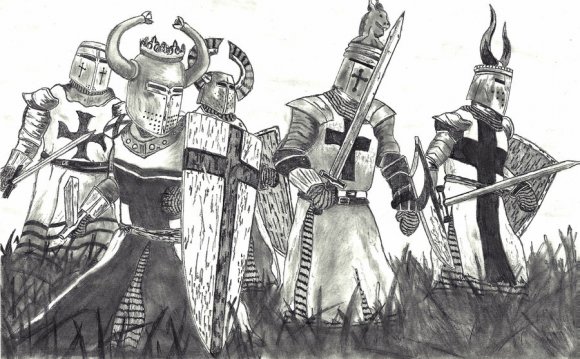
The Nordic Goddess list is designed to give a very brief introduction to the main Goddesses and female characters that appear in the Nordic and Germanic myths.
Not all the lunar deities were female Chandra is the God of the moon in Hinduism and Mani the Germanic moon gods are to examples of this. However on this page I am going to concentrate my attention on the Moon Goddesses.
The Moon was important in ancient calendars, helping people to measure time and to determine when the best time was for planting and harvesting crops.
This fertility aspect of the lunar Goddess is reflected in large numbers of the entries below.
Please follow the links where available to get a deeper understanding of the most well-Known Goddesses in this Nordic Goddess list and their archetypes.
Nordic Goddess List A-Z
Eir – Goddess of Healing and mercy. Her other roles and associations are less clear as in some poems she appears as a Valkyrie whilst other she is linked to the Norns.
Elle – The crone Goddess who, despite the appearance of an old woman, defeated Thor in a wrestling match.
Frau Holle – Celebrated at the winter solstice in Germany and Austria. She rewarded good people with gifts and knowledge. Also known as Hulda, Holda, and Holla her myths have become woven into fairy tales.
-One of the main players in the Nordic Goddess list. Freya is the Goddess of love, beauty, fertility, war, wealth, divination and magic. Her name comes from the ancient Norse word for lady or mistress. There are several variations of the spellings of this Goddess name including: Freyja, Freyr and Freyja.
– Goddess of marriage, childbirth, motherhood, wisdom, household management and weaving and spinning. Her name means "beloved" in ancient Norse and is derived from fri "to love." She is also known as Frige, Friia, Frija and Frea.
Fulla – An agricultural deity who represents the fertility of the earth. She was known as Volla by the Germanic people.
Gefjon – Also known as Gefjun, Gefyon, Gebj, her name means “giver, ” it is also the name of one of the Runes associated with good luck. She was the protector of unmarried women.
– Goddess of the Nordic underworld. Although this is where our word hell comes from the concept of the Nordic underworld and the Christian ideas of fire and brimstone for sinners is not the same. Also known as Hel.
- She is the Goddess of youth and springtime. Her name means “ she who renews, ” and has several alternative spellings including: Indun, Iduna and Idhunna.
Nanna – Goddess of joy and peace. Her name is a general old Norse word for woman or mother.
Nott – Goddess of the night, she rode across the sky on her horse frostymane. Foam that fell from the horse’s mouth created the dew each morning.
The Norns – A collective name for a group of three Goddesses that lived at the bottom of the world tree. Together they determined a person’s talents and fate.
Perchata – Twin sister of Frau Holle, known as the elf woman. She is leader of the hunt. She teaches spinning to woman and initiates the young men. Percht is an alternative spelling of her name.
Ostara – The Germanic spring Goddess whose name is linked to the East and the dawn. The early Christians took her fertility symbols of eggs and hares and incorporated them into the Easter celebrations.
Ran –The Scandinavian sea Goddess. Ran represents the wild aspect of the sea. Offerings were made to appease her by sailors who wanted a safe passage. She sometimes appears as a mermaid.
Sjojn -Or Sjofn was a hand maiden to Frigg. Responsible for encouraging the first stirrings of love and romance.
Skadi – Goddess of winter and the mountains where she hunts on skis with her bow.
Skuld – The Norn responsible for the future. Skuld was also a powerful sorceress and Queen of the Elves.









